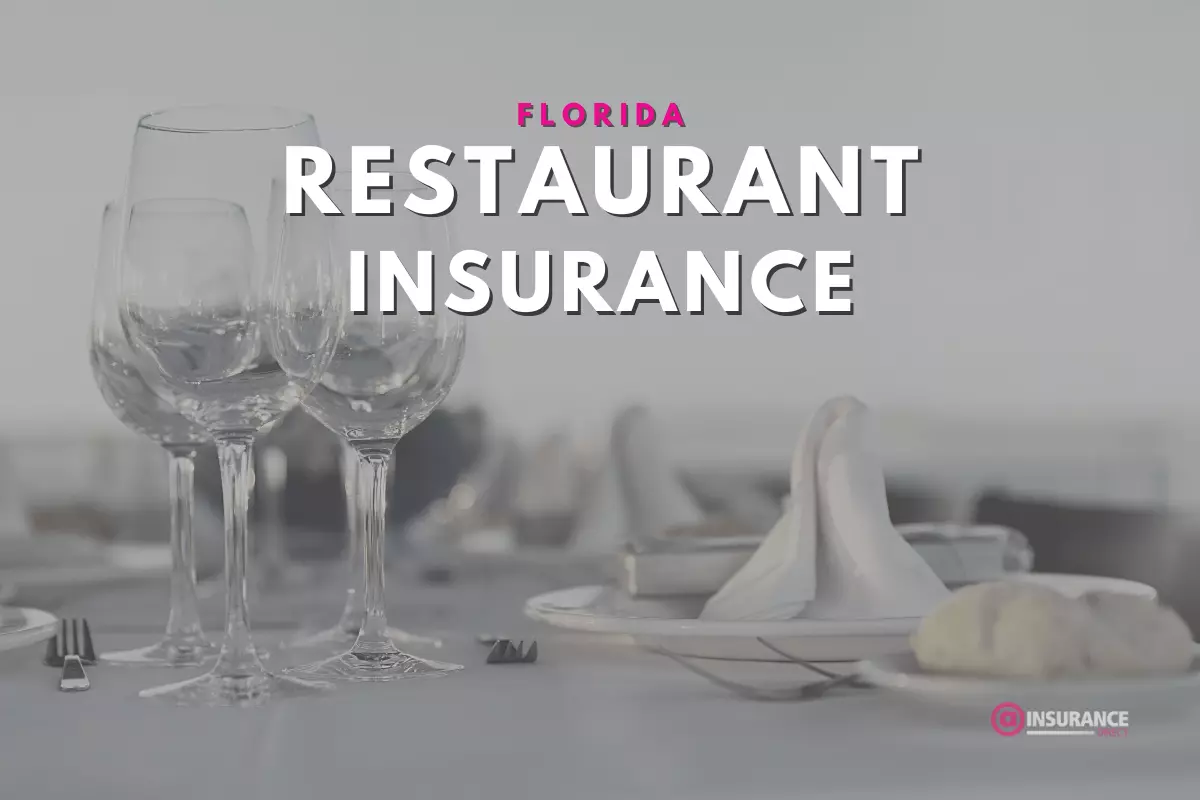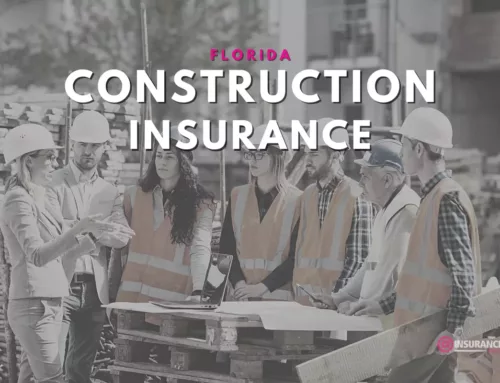
The Guide to Insurance Premiums for Small Restaurants
The Guide to Small Restaurant Insurance s is a comprehensive guide to help small businesses understand the different types of premiums they can offer their customers. This guide covers everything from what premiums are to how they can be used in marketing. It also includes a list of premium ideas that are perfect for small businesses and an overview of how you can use these ideas in your marketing campaign.
Why Most Small Restaurants Fail and Ways You Can Protect Yourself From This
Restaurants are the backbone of our economy. In the United States alone, there are more than 1 million restaurants in operation.
Yet, most restaurants fail. The average lifespan of a restaurant is only four years and nine months.
Why do most restaurants fail? There are many reasons for this but the main one is lack of preparation before opening a restaurant. This includes not having a plan for not having enough money to cover unexpected costs like repairs or food spoilage.
How To Choose the Right Coverage for Your Small Restaurant
The first step to choosing the right coverage for your restaurant is to determine how much coverage you need. This will depend on the size of your restaurant and what kind of cuisine you serve. The next step is to decide how much coverage you can afford. You may need to spend some time researching different insurance providers and comparing their policies before making a decision. A popular way to determine how much coverage is needed for your restaurant is by comparing your monthly operating costs. These include food, supplies, and labor costs. This will help you understand the coverage you need to ensure the food and supplies are covered in case of breakage or loss.
What Is Liability Insurance? Will it Cover My Small Restaurant?
Liability insurance is insurance that covers the legal responsibility of an individual or company. It is a type of commercial general liability insurance that protects the insured (individual or company) from claims and lawsuits in which they are accused of causing injury to another person or damage to their property.
There are two main types of liability insurance: personal liability and commercial liability. Personal liability typically covers accidents that happen at home, while commercial liability typically covers accidents that happen at work, but can also cover accidents on your own property.
The cost of this type of coverage varies depending on the risk you present to the insurer, as well as other factors such as your occupation and where you live.
Insurance Fact
The Final Word on Small Restaurant Insurance
The small business insurance industry has changed a lot over the years and so have the types of risks. One of the most important changes is how insurance companies deal with risk. They are no longer just covering for physical damage to property but also for business interruption, liability, and cyber liability.
One of the most important aspects of a restaurant is food safety. This is why it’s crucial to have good insurance in place before opening your doors to customers. If you suffer a loss because your food was contaminated or poisoned by someone else, you need insurance to continue operating in case an incident happens. You should also consider options such as General Liability Insurance and Worker’s Compensation to help protect you, your employees and your assets as well as your future income.
Driving for a food delivery service contracted by a restaurant or a third-party company. They are subject to commercial auto insurance policies instead of regular auto insurance policies because of the risk associated with them.
A restaurant should be insured against all three types of risks: physical damage, business interruption, and liability or professional indemnity insurance. In order to protect the business from a wide range of risks, it is recommended that a restaurant carry insurance.


